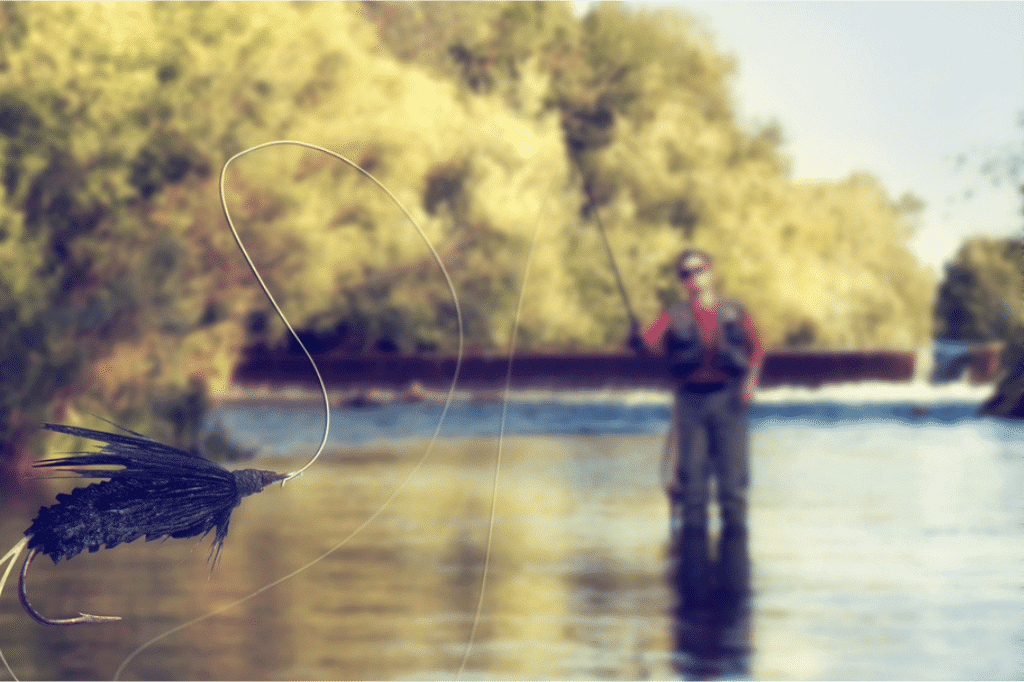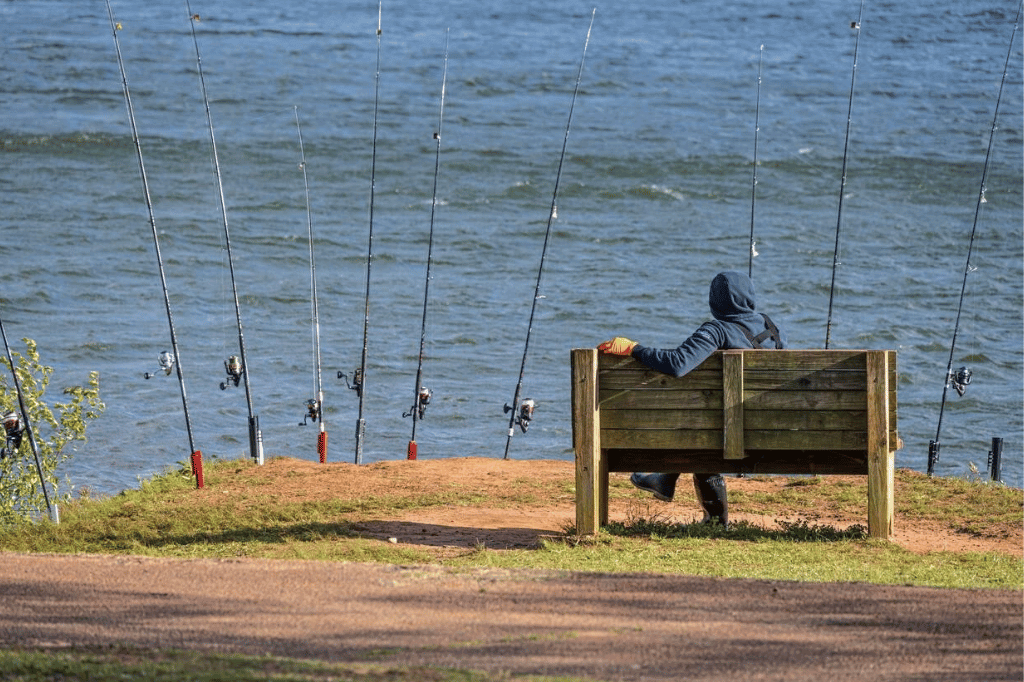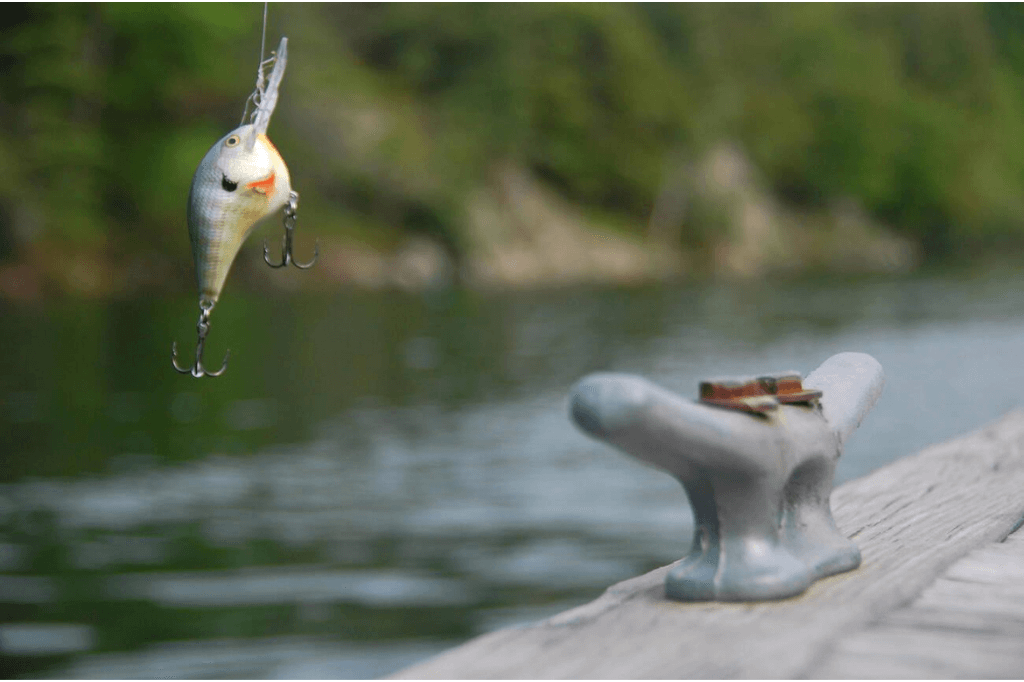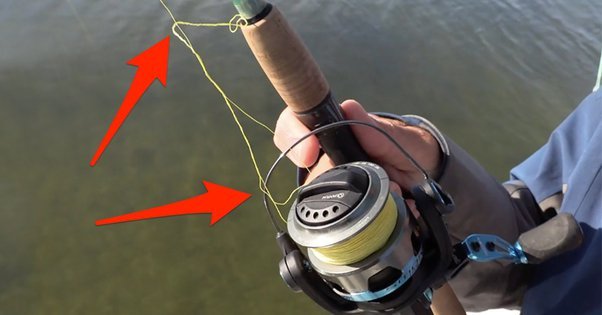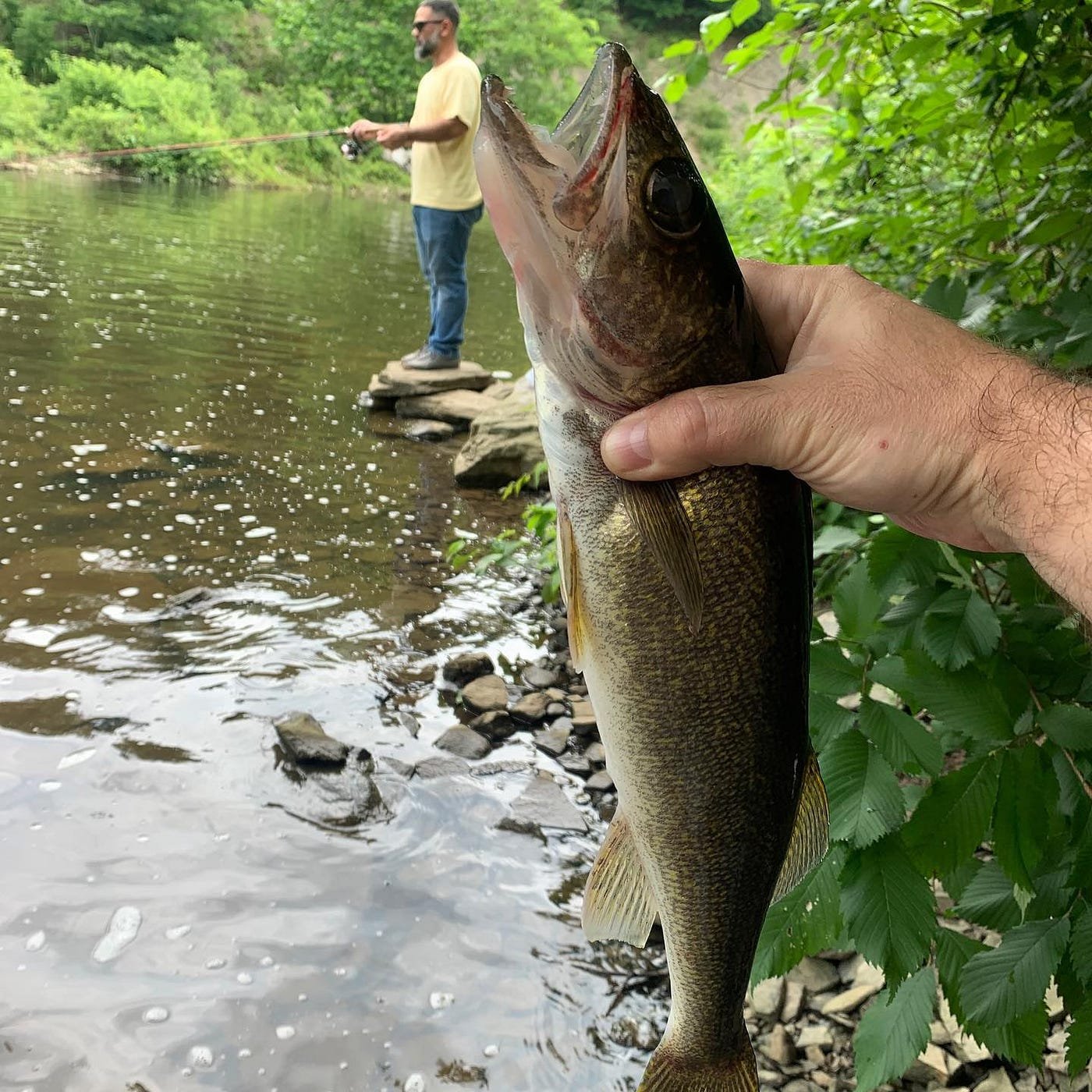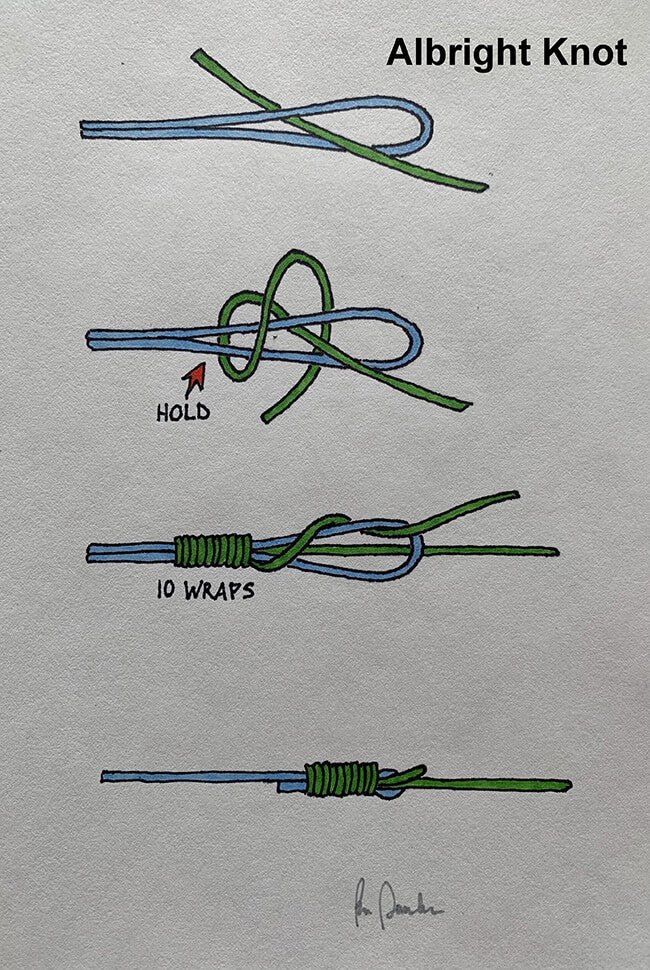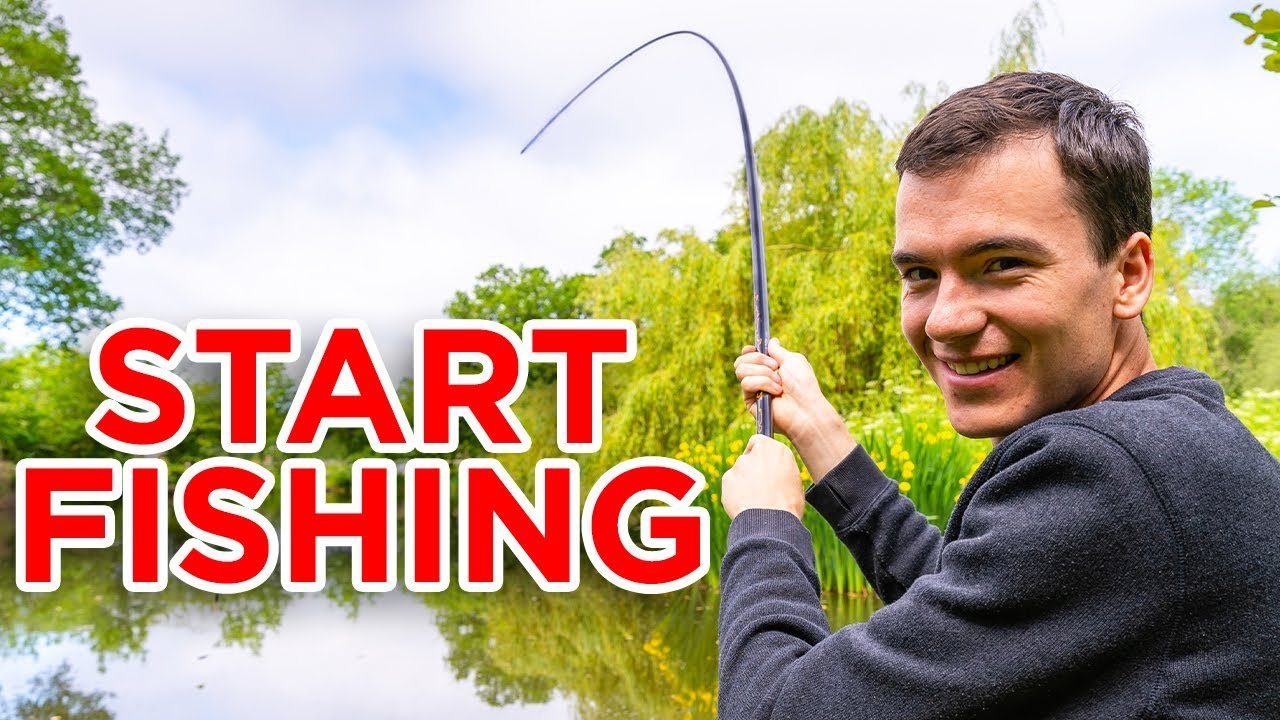Designed with the angler in mind, the fishing backpack combines functionality with convenience, making it a vital companion for any fishing trip. It’s constructed to withstand the rigors of outdoor use, featuring durable materials that protect against the elements. The backpack often includes specialized pockets for items like fishing rods and water bottles, and its ergonomic design allows for comfortable carrying over long distances.
With adjustable straps and a balanced weight distribution, it reduces strain on the back and shoulders, enabling fishermen to trek to their favorite spots without unnecessary discomfort. Whether you’re an amateur or a seasoned pro, a fishing backpack optimizes your fishing experience by ensuring all your gear is just a zipper away.
Essentials For A Well-stocked Fishing Backpack
Primary Tackle Must-haves
- Variety of hooks: Different sizes and types ensure the right hook for various fish.
- Fishing line: Include both primary and leader lines.
- Weights and bobbers: They help control bait depth and signal bites.
- Swivels: To prevent line twisting.
- Lures: A selection tailored to target species.
- Scissors or line cutters: For quick and clean line management.
- Pliers: Essential for removing hooks safely.
Personal Safety And Comfort Items
| Item | Purpose |
|---|---|
| Sunscreen | Protects from harmful UV rays |
| Insect repellent | Keeps bugs at bay |
| First-aid kit | Prepares for minor injuries |
| Water bottle | Ensures hydration |
| Snacks | Provides energy |
| Weather-appropriate clothing | Maintains comfort |
| Hat and sunglasses | Shields eyes and face |
Rod And Reel Considerations
Selecting A Compact And Versatile Rod
A great fishing trip starts with a compact and versatile rod. Considering the limited space in a backpack:- Choose a rod that’s lightweight.
- Look for telescopic or multi-piece rods for easy transport.
- Ensure it’s adaptable to various fishing techniques.
The Right Reel For Your Trip
The reel is just as important as the rod. Keeping in mind space and versatility:- Select a reel that balances well with your rod.
- Factor in the target fish species.
- Choose a durable reel that can withstand different environments.
Tackle Box Organization
Lure Selection For Varied Fish
Choosing the right lure can be daunting. Yet, a systemized tackle box turns this challenge into an easy task. Anglers can categorize lures by type, size, and color. This helps target different species effectively. Organized lure sections make switching baits fast and hassle-free.- Topwater lures – for surface-feeding fish.
- Jigs – versatile for both freshwater and saltwater.
- Crankbaits – imitate various fish prey.
Importance Of Various Hook Sizes
Hooks are crucial for catching fish. Different fish require different hook sizes. A tackle box with varied hook sizes is essential. Knowing which hook to use can be the key to success.| Hook Size | Use |
|---|---|
| Sizes 1-6 | Smaller fish like trout. |
| Sizes 6-10 | Bass or walleye. |
| Sizes 11 and up | Big game fish like pike or muskie. |

Line And Leaders
Choosing The Correct Line Weight
Line weight is crucial for casting and fish fighting. Use lighter lines for smaller fish. Heavier lines handle big fish better. Match line weight with your rod’s specifications. Consider these points:- Water Type: Freshwater anglers use lighter lines than saltwater ones.
- Fish Species: Targeting trout? Go light. After bass? Choose medium.
- Casting Distance: Lighter lines cast further with less effort.
Leader Types And Their Uses
Leaders connect the line to the lure or hook. They prevent line detection and breakage. Different types exist for varied conditions.| Leader Type | Use Case |
|---|---|
| Monofilament | Good for topwater lures due to buoyancy |
| Fluorocarbon | Less visible underwater, great for clear waters |
| Wire | Necessary for toothy species like pike |
- Match the leader strength with the line weight.
- Choose a leader length based on water clarity.
- For toothy fish, wire leaders protect against cuts.
Tools For Handling Fish And Gear
Pliers
Pliers are a fisherman’s best friend. They should be rust-resistant and durable. Here are some uses for pliers:- Removing hooks safely
- Bending wires
- Securing split-shot weights
Scissors And Line Cutters
Avid anglers recognize the necessity of sharp scissors and line cutters. Features to consider include:| Tool | Use |
|---|---|
| Scissors | Cutting bait, trimming line |
| Line Cutters | Precision cutting of fishing line |
Fish Grippers And Landing Nets
Fish grippers and landing nets are vital for handling your catch. These tools help:- Control fish during unhooking
- Reduce harm to the angler and fish
- Safely release fish back into the water
Personal Gear For Protection
Appropriate Clothing For The Season
- Summer: Lightweight, breathable fabrics; long-sleeved shirts; convertible pants.
- Winter: Thermal base layers; waterproof outer shell; insulated jackets and pants.
- Spring/Fall: Layering is essential; include a mix of lightweight and warm clothes.
Sun Protection Essentials
| Item | Description |
|---|---|
| Sunscreen | SPF 30+; water-resistant; apply every two hours. |
| Sunglasses | Polarized lenses; UV protection; secure fit. |
| Hat | Brimmed; shields face and neck; lightweight material. |
Navigational Aids And Electronics
Gps Devices And Maps
GPS devices have revolutionized outdoor navigation. Fishers use them to pinpoint precise locations and chart the most efficient routes.- Save favorite fishing spots for easy return visits.
- Track your route to navigate confidently through unfamiliar waters.
- Stay safe by knowing your exact location at all times.
Fish Finders: A High-tech Advantage
Fish finders work with advanced sonar technology. They show what is below your boat, offering a clear advantage in locating schools of fish.| Feature | Benefit |
|---|---|
| High-resolution screens | Clear visuals of fish and structures |
| GPS integration | Mark and return to successful spots |
| Portable options | Easy to carry in your fishing backpack |

Sustenance And Hydration
Water And Filtration Systems
Water is essential for any outdoor activity, especially one as active as fishing. Don’t just rely on what you bring; be prepared to source water on the go.- Reusable water bottles save space and reduce waste.
- Collapsible water containers expand as needed for longer trips.
- Portable filtration systems ensure access to clean water from natural sources.
- Water purification tablets serve as a backup to filtration systems.
Nutritious Snacks And Meals
Packing nutritious options provides sustained energy.| Snacks | Meals |
|---|---|
| Nuts and seeds offer protein and healthy fats. | Pre-made sandwiches deliver a full meal with minimal effort. |
| Dried fruits give a quick energy boost. | Heat-and-eat options are convenient and warm. |
| Trail mix is a tasty, balanced snack. | Instant soups and noodles are light to carry and easy to prepare. |
Emergency Preparedness Items
First Aid Kits For Minor Injuries
Injuries are unpredictable. Keep a compact, waterproof first aid kit on hand. Your kit should include basic supplies:- Bandages of various sizes
- Antiseptic wipes to clean wounds
- Gauze pads for larger cuts
- Medical tape for securing gauze
- Painkillers such as aspirin or ibuprofen
Signaling Devices For Emergencies
Catching attention during an emergency is vital. Your fishing backpack should include items designed to signal for help. Ensure your backpack contains:| Device | Use |
|---|---|
| Whistle | A loud blast can be heard far away. |
| Mirror | Reflects sunlight, visible for miles. |
| Flare | Bright light, even at night, grabs attention. |
Staying Legal: Permits And Regulations
Understanding Regional Fishing Laws
Fishing laws change with location. What’s allowed in one lake might be illegal in another. These laws cover:- The type of fish you can catch
- Seasonal restrictions
- Size and bag limits
- Permitted fishing methods
Carrying Proper Documentation
Carry your fishing permit and ID at all times. Keep them in your fishing backpack. You might need to show your documents:- To game wardens
- At checkpoints
- When fishing in protected areas
Best Practices For Pack Maintenance
Regular Cleaning And Gear Check
Keeping a fishing backpack clean is vital for longevity and performance. Dirt and moisture can cause wear and tear over time. Here’s how to do it:- Empty the backpack completely, including all pockets and compartments.
- Use a soft brush to remove dirt and debris from the fabric.
- Wipe down the interior and exterior with a damp cloth.
- Avoid harsh chemicals that may damage the material.
- Ensure the backpack is dry before repacking gear.
- Check for rust or damage on metal items.
- Replace or repair worn or broken equipment.
- Update tackle based on the season or target species.
Storage Tips For Off-season
Proper storage in the off-season extends the life of a fishing backpack. Use these tips:- Store in a cool, dry place away from direct sunlight.
- Do not stack heavy items on top of the backpack to maintain its shape.
- Avoid damp areas that can lead to mold or mildew.
- Consider a storage cover to protect against dust and insects.
- Revisit the pack periodically to air it out and check the contents.

Frequently Asked Questions
What Features Define The Best Fishing Backpack?
A top fishing backpack combines durability, water resistance, and multiple compartments. Look for rod holders, tool attachments, and comfort-focused straps and padding. Prioritize ergonomic designs to ensure ease of transport on lengthy fishing trips.
How To Organize A Fishing Backpack Effectively?
Start by allocating gear based on frequency of use. Place frequently used items in accessible pockets. Less used gear goes into the main compartment. Use utility boxes for tackle, and ensure delicate items are padded. Proper weight distribution ensures comfort and accessibility.
Can You Carry-on A Fishing Backpack For Flights?
Most fishing backpacks can be used as carry-on luggage. However, check airline size restrictions before travel. Keep in mind, sharp objects or liquids may not pass security, so pack those in checked bags or at your destination.
What Is A Fishing Backpack’s Weight Capacity?
Fishing backpacks typically hold between 20-40 pounds. The exact weight capacity depends on the backpack’s design, materials, and construction quality. Always opt for a backpack with a weight limit that exceeds your typical gear load to avoid any wear and tear.
Conclusion
Embarking on your angling adventures requires the right gear. A fishing backpack is vital for efficient tackle management and ease of mobility. Whether novice or pro, your choice in a backpack can transform your experience by the water. Consider one carefully, to blend functionality with comfort on each fishing journey.
Success may just be a well-packed bag away.














